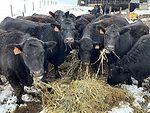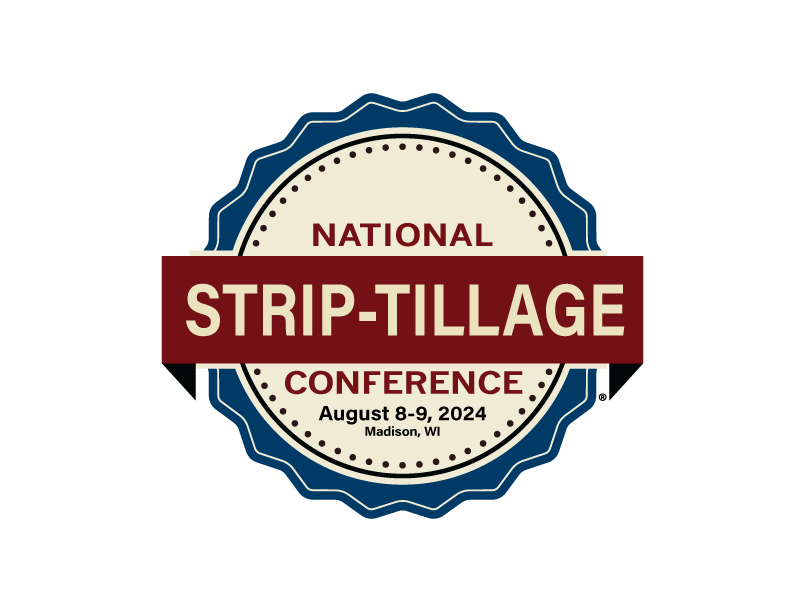Economics
New OpTIS Data from Satellite Imagery Show 2.5x Rise in Corn Belt Cover Crops
Corn Belt cover crop acres climbed from 2.8 million to 7.5 million between 2015 and 2021
Read More
USDA Determines Camelina Qualifies for Greater Crop Insurance Coverage in Montana
It can be harvested using farmers' existing equipment and provides soil health benefits similar to those of cover crops.
Read More




